What NOT to Do on a Private Jet, According to Experts
Flying private works best when you pick up on the small details that make the experience efficient and easy. There’s a pattern to how things operate once you’re on board—when to take a seat, how to handle service, and how to respect space without needing instructions. Those small social cues often matter more than anything written down.
Don’t Share Jet’s Tail Number
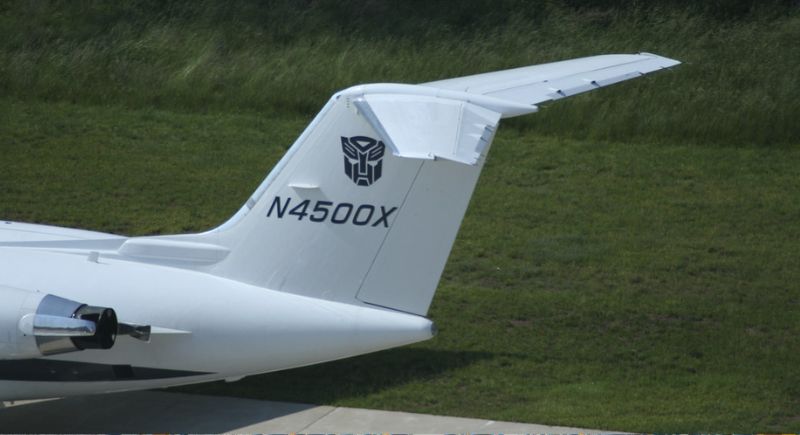
Credit: flickr
Snapping a quick shot of a jet’s tail number might sound harmless, but it’s a major no-no. What looks like a random combo of letters and numbers can unlock flight paths and reveal who’s on board. Flight-tracking apps are just a tap away, and it’s surprisingly easy for anyone to follow the breadcrumbs.
Don’t Forget to Capture the Ambiance (Appropriately)
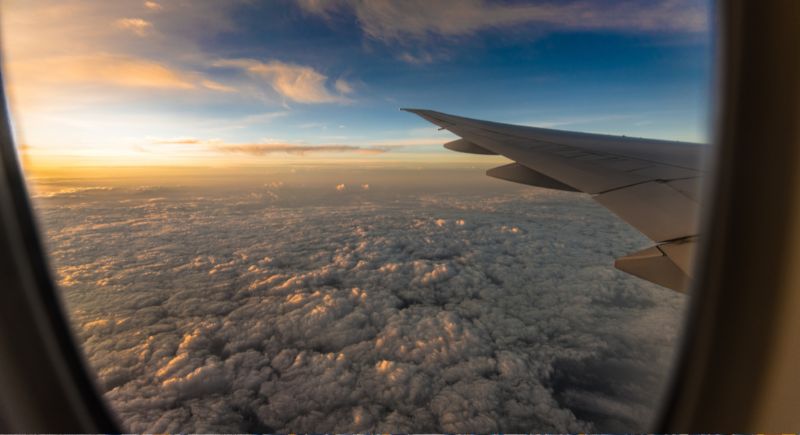
Credit: pixabay
What you share can still be glamorous without spilling too much. The golden light hitting the cabin, the polished wood accents, or the perfectly chilled champagne deserve a spot in your photo roll. Michael J. Silvestro of Flexjet actually encourages passengers to capture the vibe—it’s part of what makes flying private feel special.
Don’t Speak Loudly in the Cabin

Credit: Getty Images
You’d be surprised how far a single sentence travels at 45 decibels. Jets like the Gulfstream G650 and Embraer Praetor 600 are built for calm. Even a whisper can feel like it’s on speaker in this kind of hush. That’s why keeping your voice soft and skipping the dramatic phone calls is the norm.
Don’t Order Difficult-to-Manage Food

Credit: Getty Images
Gourmet meals are definitely part of the fun, but savvy travelers know to keep it practical. Picking foods that are easy to manage and free from strong smells—like avoiding tuna or egg-heavy dishes—makes a big difference.
Don’t Overpack
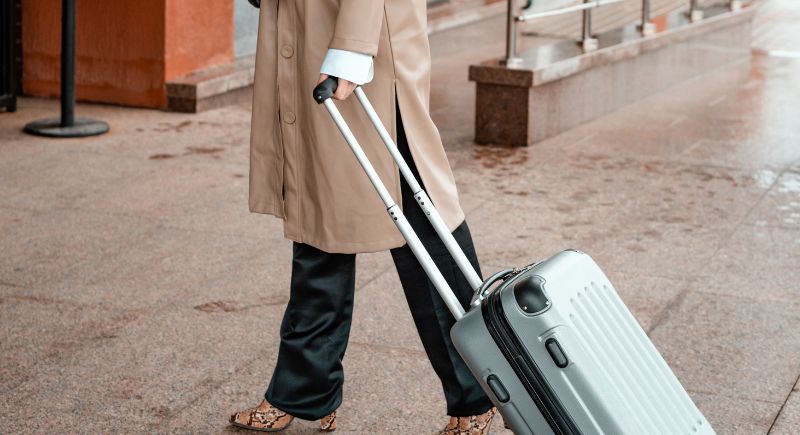
Credit: corelens
Space is a precious thing at 40,000 feet. While you won’t be battling baggage claim crowds, jets like the Cessna Citation Mustang only offer about 37 cubic feet of luggage room—enough for a handful of tidy suitcases. Even the spacious Gulfstream G650, with 195 cubic feet to work with, demands a little planning.
Don’t Assume Seating Arrangements

Credit: Getty Images
On some flights, especially business-focused ones, seats might be assigned ahead of time to make conversations easy and strategic. The host or lead passenger usually picks first, often settling into a plush, forward-facing chair on the right. A quick check with the crew or a nod to the host clears up any uncertainty.
Don’t Be Late

Credit: Getty Images
Private jets wait for no one, not even the guest with the best excuse. Showing up about 30 minutes before departure keeps everything on track, giving enough time to check in, settle in, and avoid the awkward scramble. Flight crews can’t read minds, but they can adjust plans if they’re informed beforehand.
Don’t Feel Pressured to Dress Up Excessively

Credit: Canva
There’s no pressure to pull off a runway look before boarding a private jet. The real win is showing up comfortable, on time, and ready to enjoy the flight. A clean, comfortable look is more than enough—something you can relax in but still feel put together.
Don’t Wait Until the Last Minute to Book
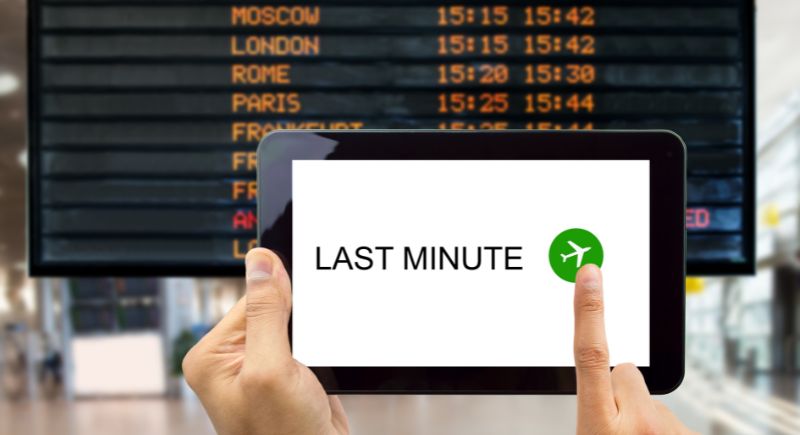
Credit: Getty Images
Good things come to those who plan, especially in private jet travel. Booking one to two months ahead means a broader selection of aircraft, better amenities, and your pick of ideal departure times. Planning also brings a few perks to your wallet. Charter companies often reward early reservations with better rates, especially during peak seasons when competition gets fierce.
Don’t Forget to Communicate Your Needs and Preferences

Credit: Getty Images
Clear communication at the start lets the staff fine-tune every part of your journey without last-minute stress. Let the crew know whether you crave a specific playlist, need gluten-free snacks, or have allergies. Requests don’t stop at the menu. Traveling with a dog, needing extra medical support, or wanting to binge your favorite show midair–It’s all possible with a bit of notice.
Don’t Travel Without Proper Identification
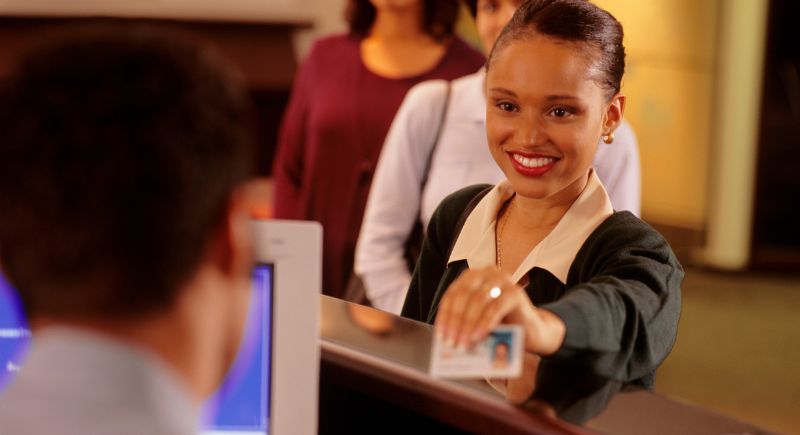
Credit: Photo Images
A government-issued ID is a must for domestic flights, and international ones mean passports—and sometimes visas—should be squared away well before takeoff. Jet companies also need passenger details to create a manifest, which quietly handles everything from security to boarding logistics. If your travel crew includes a four-legged companion, don’t forget their health records too.
Don’t Use the Lavatory During Critical Flight Phases
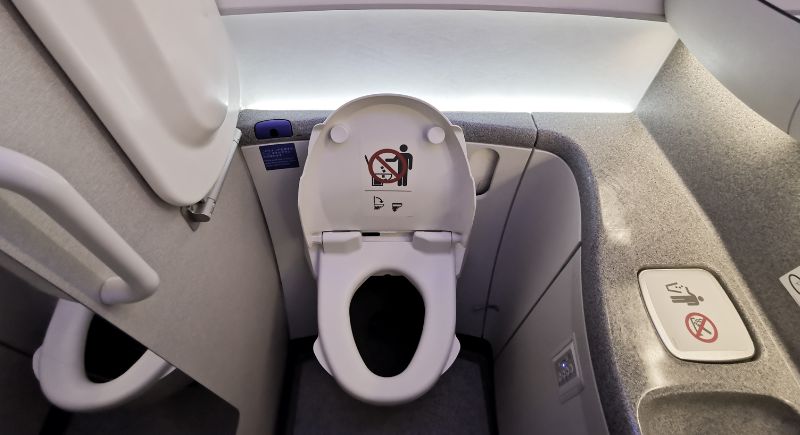
Credit: Getty Images
Private jet bathrooms may be sleek and functional, but they still operate on a bit of common sense and courtesy. It’s best to avoid heading to the bathroom during takeoff, landing, or taxiing—those are no-go moments for moving around the cabin. The best move is to plan your trip to the lav around the flight’s quieter stretches or take care of it before boarding.
Don’t Be Surprised by Additional Fees

Credit: pexels
Chartering a private jet comes with plenty of perks, but it’s not a one-size-fits-all price tag. Add-ons like upgraded catering, fuel adjustments, overnight crew stays, and airport handling fees can quietly stack up, especially if your route changes or you’re heading somewhere off the beaten path.
Don’t Forget Basic Courtesies
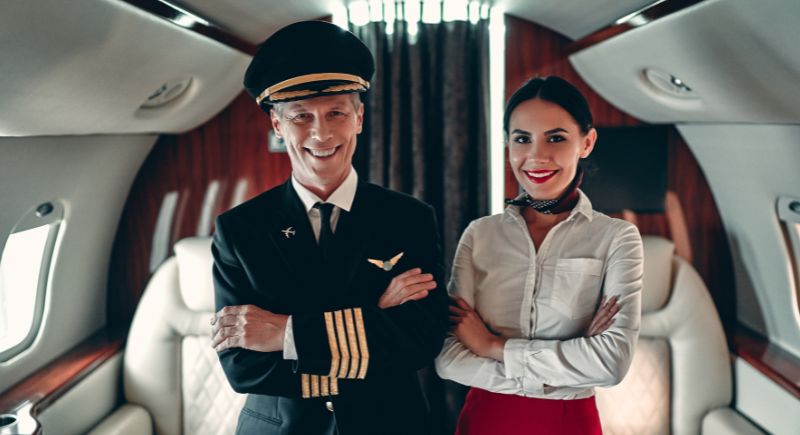
Credit: Getty Images
A warm “thank you” to the crew or a courteous smile to a fellow passenger sets the tone before the wheels even leave the ground. Keeping noise levels in check, giving fellow travelers a little breathing room, and treating the cabin like a shared retreat make the journey smoother for everyone.
Don’t Neglect to Confirm Your Travel Details

Credit: Getty Images
Private jet schedules offer a little more flexibility, which means a little more homework on your end. Confirming your flight times, syncing up your car service, and double-checking hotel reservations saves you from scrambling once the wheels touch down. Knowing the jet you’re flying on can help you plan better for things like luggage space and cabin comforts.